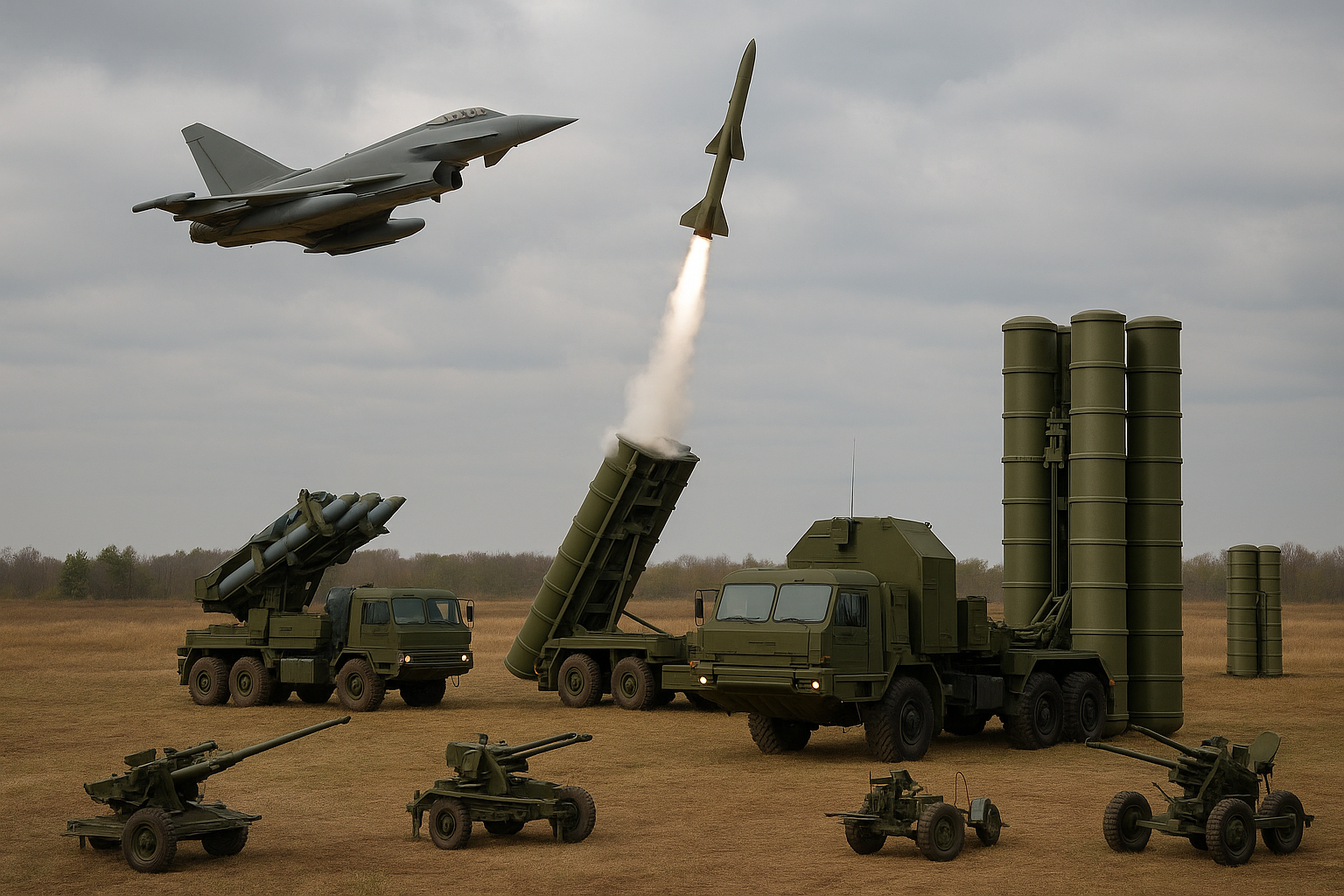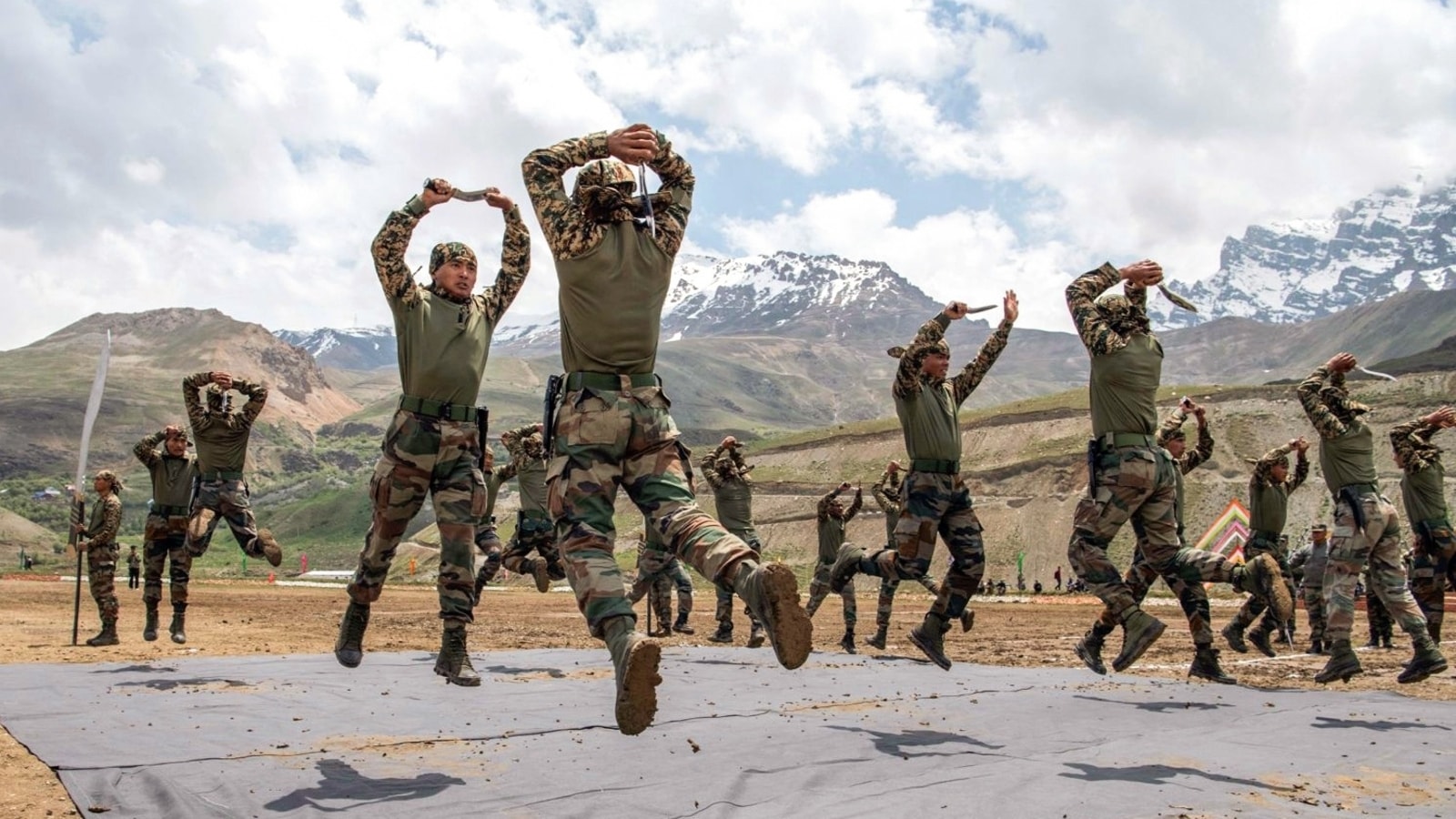A Decade of Defence Spending
Defence Secretary Rajesh Kumar Singh, speaking at Network18’s Reforms Reloaded programme, revealed that India will spend between $25 and $30 billion annually on defence capital expenditure for the next ten years. He stressed that this level of spending is sustainable and will allow the armed forces to modernise consistently. Importantly, he noted that at least 75 percent of this capital will be invested domestically, providing a major boost to Indian defence manufacturers.

Push for Indigenisation
Singh underlined the government’s commitment to building self-reliance in defence. He said that in areas where India has mature technology, procurement would be entirely indigenous. “We will double down on our indigenisation efforts and we won’t hopefully go below the 75 percent mark,” he emphasised. This approach aligns with the broader vision of Atmanirbhar Bharat, creating opportunities for both established players and start-ups in the defence ecosystem.
Opportunities for Start-Ups and Private Sector
The Defence Secretary highlighted a shift from nomination-based contracts to open bidding and price discovery, which will allow greater participation from private firms and start-ups. To support these new entrants, the government plans to provide procurement assurances for five years. Singh also confirmed that by December, the Ministry will simplify the capital expenditure framework to make it more business-friendly, with the updated Defence Acquisition Procedure (DAP) expected to be in place from the start of the new year.

Preparing for Modern Warfare
Singh explained that India is preparing to invest in new technologies such as drones, UAVs, underwater drones, precision munitions, and satellite imagery, areas where domestic capabilities are still evolving. He announced that a Request for Proposal worth Rs 30,000 crore will soon be floated for Medium Altitude Long Endurance drones, reflecting a strong focus on future warfare capabilities.
He added that while India may not immediately acquire fifth-generation aircraft, the gap can be offset by a larger fleet of fourth and four-and-a-half generation fighters equipped with advanced weapons. Lessons from recent global conflicts, where large quantities of missiles and munitions were used, have underscored the need for a wider and more resilient industrial base in India.

The Road Ahead
The Defence Secretary emphasised that consistent increases of 10–15 percent in defence spending are achievable and necessary. He also suggested that in the medium term, the Finance Commission could consider raising defence spending to around three percent of GDP. This would not only secure India’s defence requirements but also accelerate the growth of its domestic defence industry.
Follow YouFinance on Instagram and Facebook for more updates on India’s economy, defence reforms, and global financial insights.















